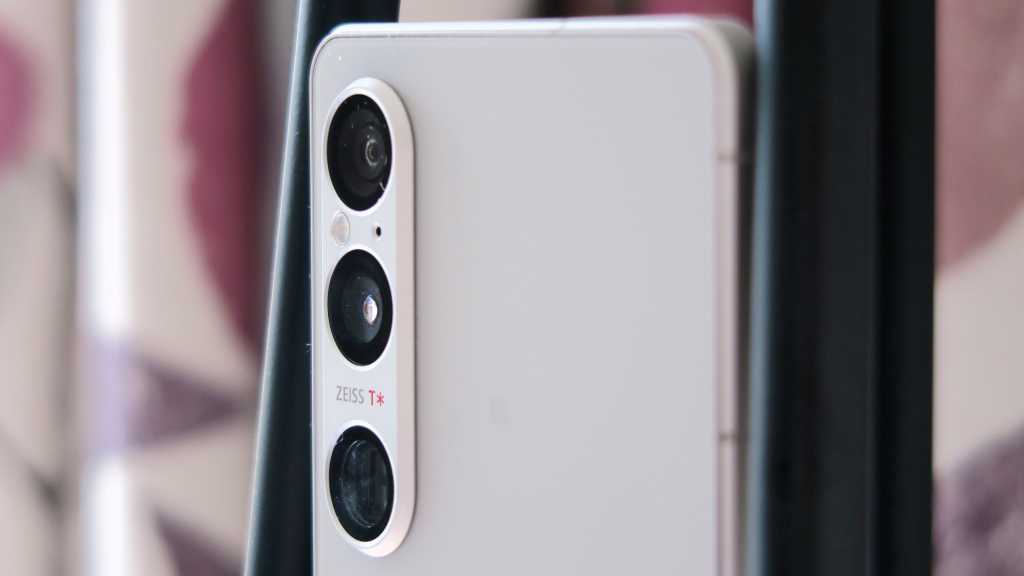Sony, a prominent player in the tech industry, has faced challenges in establishing a strong foothold in the smartphone market. Despite manufacturing Android devices since 2008, Sony has struggled to compete with leading brands globally, including Apple, Samsung, Xiaomi, Oppo, Vivo, Realme, Motorola, Huawei, and Google.
Nevertheless, Sony persists in producing smartphones, as evidenced by the recent announcement of its flagship model for 2025, the Xperia 1 VII. This new device boasts several enhancements compared to its predecessor, the Xperia 1 VI.
Although the Xperia 1 VII introduces some promising AI camera features, overall, there seems to be little to generate significant excitement. Given Sony’s limited market share in the smartphone industry, it may be time for the company to consider discontinuing its smartphone division. Here are four compelling reasons supporting this notion.
Disclaimer: While Sony has provided details about the phone, official images of the Xperia 1 VII are not available at the time of publishing. The images featured in this article depict the Xperia 1 VI, and updated visuals will be included once they are released.
Lack of Unique Selling Proposition (USP)
Previously, Sony differentiated itself by offering a unique tall, 4K screen, a feature that set it apart in the market. However, with the shift to a more conventional Full HD+ display on the Xperia 1 VI and continued on the Xperia 1 VII, Sony has lost that distinctive edge.
The 6.5-inch, 19.5:9 OLED display with a 120Hz refresh rate on the Xperia 1 VII may be impressive, but it fails to justify a premium price tag when compared to other Android flagship devices with similar specifications.
While the Xperia 1 VII boasts premium components like a glass and aluminum design, the Snapdragon 8 Elite chipset, and a 5000mAh battery for extended usage, these features are now standard in the current Android flagship landscape.
One standout feature of the Xperia 1 VII is the inclusion of a 3.5mm headphone jack, offering a unique advantage for users who prefer wired audio. However, this feature alone may not be compelling enough to drive sales of the device.
Underwhelming Camera Performance
Sony is renowned for its camera technology, exemplified by its Alpha line of mirrorless cameras. Despite incorporating high-quality camera lenses in its smartphones, Sony has struggled to deliver a consistent and exceptional photography experience due to software processing limitations.
While the hardware of Sony’s cameras is robust, the software optimization has been a recurring issue, leading to subpar performance compared to competitors. This shortfall may hinder the Xperia 1 VII from competing effectively with top-tier camera phones like the Xiaomi 15 Ultra, Samsung Galaxy S25 Ultra, and iPhone 16 Pro Max.
For users seeking the best camera phone experience, Sony devices may not offer the optimal solution.
Concerns Regarding Software Support
Sony’s Android skin is praised for its light and near-stock user experience, offering intuitive functionality and easy customization. However, the company’s software support falls short in terms of updates and longevity.
The Xperia 1 VII is slated to receive only three major OS updates and four years of security patches, limiting its software lifespan. In comparison, leading competitors like Samsung and Google provide seven years of software support, ensuring prolonged usability and security for their flagship devices.
The delayed availability of software updates on Sony devices raises concerns about the timely adoption of new features and security enhancements, potentially impacting user experience and device performance.
High Price Tag for Limited Features
The Xperia 1 line, including the new Xperia 1 VII, is positioned at a premium price point, with the latest model priced at €1,499. While specific pricing for the UK and US markets is pending, it is expected to align closely with the previous model’s £1,299 price tag.
Considering the significant drawbacks of the Xperia 1 VII, such as the lack of standout features and software support limitations, the high price may not justify the overall value proposition of the device.
Strategic Focus for Sony’s Future
While discontinuing smartphone production may seem drastic, it could enable Sony to reallocate resources and concentrate on its core strengths in other product categories. Sony excels in areas like TVs, cameras, audio equipment, and gaming consoles, where it competes effectively with industry leaders.
By prioritizing these successful ventures and continuing to supply camera sensors to other smartphone manufacturers, Sony can leverage its expertise and brand reputation in more profitable and impactful segments of the tech market.
While the era of Sony smartphones may be coming to an end, the company’s legacy of innovation and quality remains strong in other product lines. Embracing this shift could pave the way for Sony to thrive in its core competencies and deliver exceptional experiences to consumers.
For readers seeking alternative smartphone options, explore our guide to the best smartphones available today, including compelling choices like the Samsung Galaxy S25 Edge.

